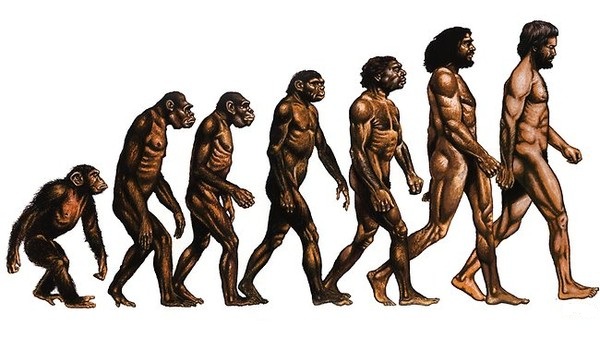Sudeep Singh
2 September, 2015:
Through the analysis of the largest collection of the human fossils on the planet from Sima de los Huesos site in northern Spain, dating back 430,000 years, scientists have found out that the human body went through four main stages of evolution before settling into the shape and size we are today.
By the information collected through their research, the research team were able to hypothesize that there were four main stages that got the ‘Homo’ (Human) to where it is today.
The first stage occurred hundreds of thousands of years ago, when our hominid ancestors, a bipedal primates that includes humans and their fossil ancestors, began to migrate out of Africa.
The second stage was the evolution of Neanderthals. The Neanderthals are an extinct species of human that was widely distributed in ice-age Europe, with a receding forehead and prominent brow ridges.
The third stage of the evolution brought about the Atapuerca humans. The caves of the Sierra de Atapuerca contain a rich fossil record of the early human beings in Europe which represents an exceptional reserve of data that provides information about the appearances and the way of life the remote human ancestors had.
And the fourth stage of the evolution was from the Atapuerca humans into our modern body shape.
The changes that took place during these evolutions can be characterized by the amount of walking on two legs versus living in tress. By the third stage, there was no evidence of tree-dwelling in the human skeleton.
Researchers explain that the Atapuerca humans somewhat shared the same wide and robust body forms as our ancestors ‘Homo erectus’ (an extinct primitive human) and the Neanderthals.









